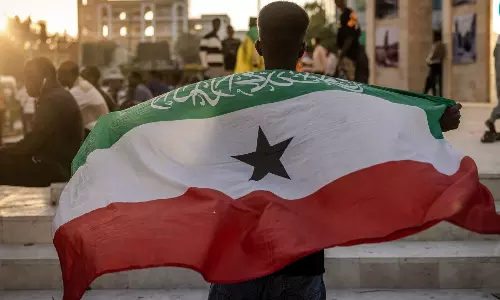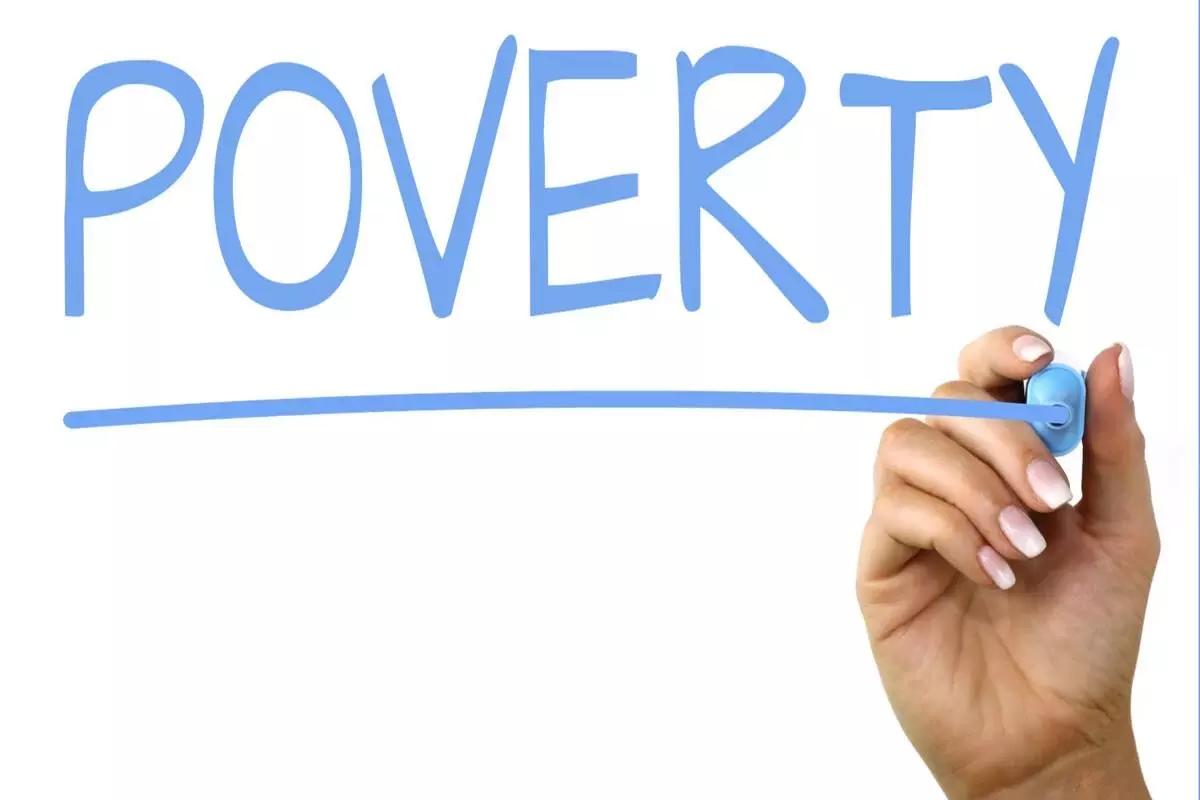
Niti Aayog report ranks Kerala, TN among least poor states in India
text_fieldsKerala, Goa, Sikkim, Tamil Nadu, and Punjab have been ranked as the least poor states in Niti Aayog's first Multidimensional Poverty Index (MPI) report. Kerala ranked at the bottom, with only 0.71% of the population being categorised as poor.
The report has described MPI as an aggregate measure that defines poverty, in simple terms, as the deprivation in crucial and basic parameters of health, education, and living standards. It is different from how poverty has been understood and conceptualised historically.
The poverty level is highest in Bihar (51.91%), Jharkhand (42.16%), and Uttar Pradesh (37.79%). Madhya Pradesh and Meghalaya are in the 4th, and 5th spots with 36.6% and 32.67% of the population listed as poor.
Among Union Territories, Puducherry (1.72%) and Lakshadweep (1.82%) have been listed as places with the least poor population. Andaman & Nicobar Islands and Delhi have also ranked better with 4.30% and 4.79%. Dadra and Nagar Haveli (27.36%), Jammu & Kashmir, and Ladakh (12.58%), Daman & Diu (6.82%) and Chandigarh (5.97%) are the poorest UTs.
Bihar also has the highest number of malnourished people. Percentage of the population deprived of maternal health, years of schooling, school attendance, cooking fuel, and electricity are also high in the state.
The number of malnourished people is high in Jharkhand, Madhya Pradesh, Uttar Pradesh and Chhattisgarh as well. Uttar Pradesh, Bihar, Madhya Pradesh rank the lowest in child and adolescent mortality category. Jharkhand, Bihar, and Odisha are ranked the worst in population deprived of sanitation.
Niti Aayog Vice-Chairman Rajiv Kumar said that the development of the National Multidimensional Poverty Index of India is an important contribution towards instituting a public policy tool that monitors multidimensional poverty, and informs evidence-based and focused interventions. It will help to ensure that no one is left behind.
He added that India's first-ever national MPI measure is based on the reference period of 2015-16 of the National Family Health Survey (NFHS). The report noted that the data is five years old. There have been interventions and progress in several key parameters like health, education, and standard of living.
Twenty-nine global indices to monitor, analyse, and evaluate to improve India's position in global rankings were identified in early 2020 by the Cabinet Secretariat, Government of India.
India's national MPI measure uses the globally accepted and robust methodology developed by the Oxford Poverty and Human Development Initiative (OPHI) and the United Nations Development Programme (UNDP).
It also looks at deprivation caused by households. It has three equally weighted dimensions; health, education and standard of living. Twelve indicators represent them; nutrition, child and adolescent mortality, antenatal care, years of schooling, school attendance, cooking fuel, sanitation, drinking water, electricity, housing, assets and bank accounts.






















